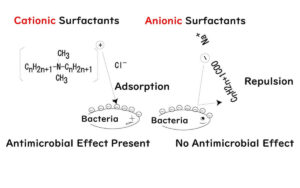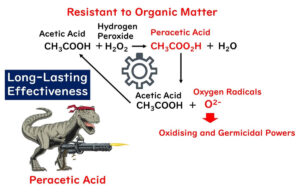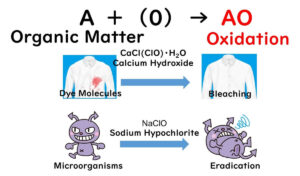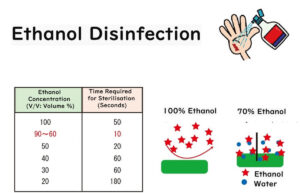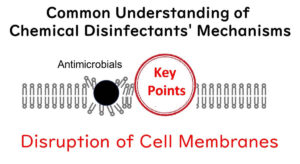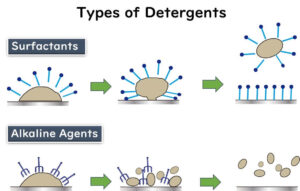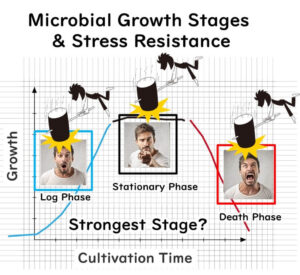Sterilisation of Food: Grasping the Basics of Heat Sterilisation
Ensuring the safety of food through heat sterilisation is crucial. This article explores the fundamentals of two common methods: moist heat sterilisation and dry heat sterilisation. We discuss their differing efficiencies against microbes, focusing on how environmental moisture influences sterilisation effectiveness and microbial survival. Additionally, we examine heat-resistant spore-forming microbes and the scientific reasons behind their resistance to standard sterilisation techniques, providing insights from microbiological principles to enhance the understanding of food sterilisation processes.
Simplifying the ATP Test: A Practical Guide to Cleanliness in Food Factories
Ensuring cleanliness in food factories is crucial for product safety. The ATP test offers a fast and effective method to verify cleanliness after cleaning and sterilization, addressing the limitations of traditional microbial testing. This article explores the biological role and chemical structure of ATP, its efficiency as an energy carrier, and the practical methods and tools for ATP testing. By applying the ATP test effectively, food factories can achieve more efficient and comprehensive cleanliness management.
The Food Factory - Quaternary Ammonium Salts (Benzalkonium Chloride)
Let's chat about benzalkonium chloride, a disinfectant often found lurking in the corridors of food factories, standing shoulder to shoulder with sodium hypochlorite as one of the most commonly employed germ-slayers. Benzalkonium chloride is a household name in the world of disinfectants.
The Role of Peroxyacetic Acid Formulations in Food Factory Disinfection
Discover how peroxyacetic acid formulations stand out as robust disinfectants in food factories, especially for their resistance to organic matter. This article delves into their unique properties, production process, and approved applications in food safety.
Unlocking the Power of Acidic Electrolyzed Water in Food Safety
Discover the science and applications of acidic electrolyzed water (hypochlorous acid water), a powerful antimicrobial agent overcoming the pH sensitivity of sodium hypochlorite. In this article, we explore its production process through electrolysis, its superior germ-killing properties, and its widespread adoption in the food industry. Learn how this innovative solution is shaping global food safety practices, with specific insights into its approval and usage in Japan.
Optimizing Sodium Hypochlorite Use in Food Factories: Key Insights and Practical Tips
Explore the essential role of sodium hypochlorite in maintaining cleanliness and safety within food factories. This guide dives into the science behind its effectiveness as a disinfectant, examining its chemical properties, the impact of pH levels, and the influence of organic matter on its germ-fighting power. Learn why sodium hypochlorite is a trusted choice for contamination control in food production, along with best practices to maximize its potential while ensuring safe, clean environments for food handling.
Why 70% Ethanol is the Star of Sterilization: Mechanisms and Limitations
In the world of ethanol sterilization, 70% concentration is the gold standard. But why is this specific ratio so effective against microbes, and why does it fall short against challenges like norovirus? While some uncertainties remain about the exact mechanisms, this article explores the science behind ethanol's germ-killing power and its limitations, offering a closer look at its role in effective microbial control.
Understanding Disinfectant Mechanisms in Food Factories: The Key to Effective Microbial Control
In the critical battlefield of food factories, where invisible foes like microbes threaten food safety daily, understanding disinfectant mechanisms is essential. This knowledge is the cornerstone of effective microbial control, and at the heart of every strategy lies a vital target: the cell membrane. Let’s explore this foundational principle that underpins all disinfectant actions.
The Essential Role of Cleaning Agents in Food Safety: Tackling Grime and Germs in Food Factories
In the heart of every food factory lies a relentless battle against grime and germs. To ensure pristine conditions and uphold food safety standards, cleaning and disinfecting agents are the unsung heroes, working tirelessly to maintain a safe and hygienic environment. Let’s delve into their crucial role in safeguarding food quality.
Understanding Biofilms in Food Factories: Challenges and Effective Removal Methods
Biofilms pose a significant challenge in maintaining hygiene in food factories. These microbial communities are highly resistant to cleaning and disinfectants, often leading to unexpected contamination. This article delves into the nature of biofilms, their formation mechanisms, the physiological traits that make them resistant, the areas in food factories most prone to biofilm formation, and practical strategies for effective removal.


